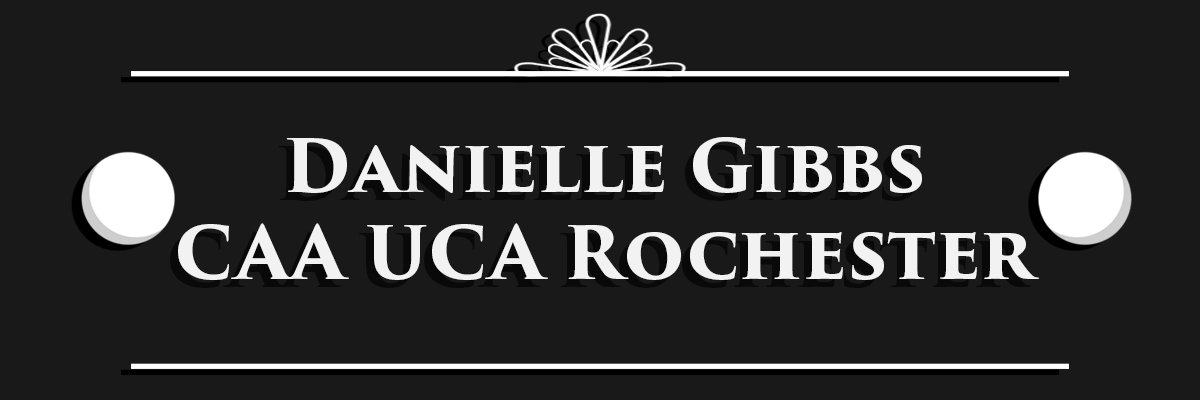 |
| Figure 1: Film Poster |
Jaws is a 1975 American thriller directed by Steven Spielberg. It tells the story, based on the book by Peter Benchley, of a large great white shark which has been attacking several residents of Amity Beach. The chief of police, Martin Brody, marine biologist Hooper and Shark hunter Quint, attempt to catch the shark and after a long boat search and several attacks, which result in Quint's death, and after using several different means of catching the shark, it explodes due to Brody shooting the gas canister caught in the beast's mouth moments before it can kill Brody.
One notable factor throughout the majority of the film is that the menace throughout the film is hardly shown in body, but through the camera and props. The Point of View of the shark is very effective in creating the effect of power or even making the audience cheer on the shark as it is about to catch it's prey. Not only is power conveyed through this perspective, but alternatively creates the feeling of peril and dread, not knowing when specifically the shark will attack or if the victim can escape. Spielberg uses the camera to reiterate the menace and fear the beast carries through the film and holds over the audience, appearing just after when you expect the shark to attack. As James Berardinelli says "Much of Jaws is an exercise in elevating tension. During the scene when the little boy is killed, we are given a myriad of potential targets. We get the "shark's eye" view of many of the swimmers as Martin looks on anxiously" (Berardinelli) explaining that this point of view from the shark, looking at all of the potential victims, builds up the tension more as the audience doesn't know when exactly the shark will strike or who it's victim will be.
Using props to portray the presence of the shark is both a clever method of making the mystery of the unseen threat of the shark more effective, and also cuts down costs and the hassle of making extra shark mechanisms and handling it in deep water is far more problematic compared to several kegs floating and being pulled in the ocean or parts of a jetty. The audience knows that the shark is there when the props are connected to it, but it also portrays the strength and power and the sheer size of the shark, as it can pull down air filled kegs in water and a large jetty. Roger Ebert explains that the even though the audience isn't looking necessarily at the shark, as only kegs are on screen, but the audience does know that the shark is there, lurking beneath the water, in "we are often looking at kegs and not at a shark, but the premise is so well established that the shark is there." (Ebert, 2000) Spielberg has established that the shark is waiting to strike Brody and the boat, and creates tension and menace through simple kegs.
 |
| Figure 2: Longshot with Kegs |
The shark itself through Spielberg's use of techniques has it's own powerful presence throughout the film. Alfar Haflidason explains that "This includes a fearless use of long shots (not popular in Hollywood) which helps convey both isolation for the victims and endows the shark with seemingly god-like hunting powers" (Haflidason, 2001) while Spielberg uses techniques not fond of in Hollywood, such as long shots, as well as using point of view shots, to establish the shark as a powerful being, even 'god-like' as Haflidason says.
The menace and threat that the shark brings is not only of being eaten alive, but can also be seen as being castration. This idea of castration is a major theme throughout the film, which can be seen each time the shark attacks and claims a victim. Each time the shark attacks and claims a victim, it always strikes and grabs the person from the waist down. Each attack could present the idea of the shark being a powerful force which is challenging the humans, and in the process castrates the victim. The idea of being castrated by a force from outside of the victims control creates more menace around the shark, as it not only can kill but also strip the victim of their bodily parts and has become overpowered.
 |
| Figure 3: Shark clamping down on Quint |
In conclusion, Spielberg created a very menacing and terrifying creature within the film Jaws, when the shark does make a physical appearance, it's fearsome rows of teeth and powerful movements as it clasps down on it's victims it does create a feeling of tension, fear and menace, but with Spielberg's first lack of a shark at the beginning of the film, and it's non appearances when hunting for the shark, the use of establishing the shark's presence by the minimal use of kegs or part of a pier creates intense tension and menace.
Illustration List:
1. Film poster. https://upload.wikimedia.org/wikipedia/en/e/eb/JAWS_Movie_poster.jpg
2. Film Still. https://blogger.googleusercontent.com/img/b/R29vZ2xl/AVvXsEgi-1-aqWnBGe-5fdtBKupsg296XMX2iUgM8gR460QUAtUVSDpdxiM3ZZaFreazan_enjPnFtQFYZilkezPaq2XtgX1z_wi38J7CBjwkMqwc44f-uhrhtz1ZvdfLUbQ0o3pJuDzA9f9SpA/s1600/barrelsjaws.jpg
3. Film Still. https://blogger.googleusercontent.com/img/b/R29vZ2xl/AVvXsEgFEC0uDBomRZ6g5AMzro62DWQBK8SLK-vbFFiU80xiuuCQuIvhT6u3wFqYTTF4cFWfKlFrTe1EnFTaiw8mnPBNUbThQeI2iuYJDRhY9fAkCX97wez9I-4hbFsEiqSStg23hNB1wA_omjg/s1600/jaws.jpg
Bibliography:
Bernardinelli, James. Reelreviews http://www.reelviews.net/reelviews/jaws
Ebert, Roger. (2000) http://www.rogerebert.com/reviews/great-movie-jaws-1975
Haflidason, Alfar. (2001) BBC Films http://www.bbc.co.uk/films/2000/07/14/jaws_review.shtml

Interesting review :)
ReplyDeleteCouple of points... don't forget to italicise the film name.
When using a quote, if you are unsure of the date, you should use s.d instead (it stands for sine die which means 'no date'), so in your case here (Bernardinelli,s.d.)
Make sure that your font remains the same for the bibliography and illustrations list too - this just gives it a more professional look over all :)